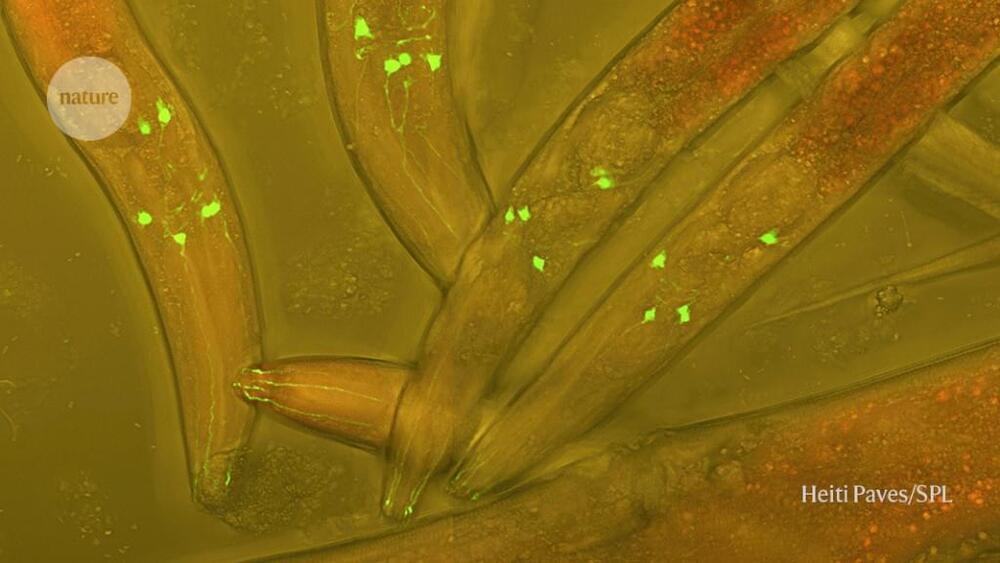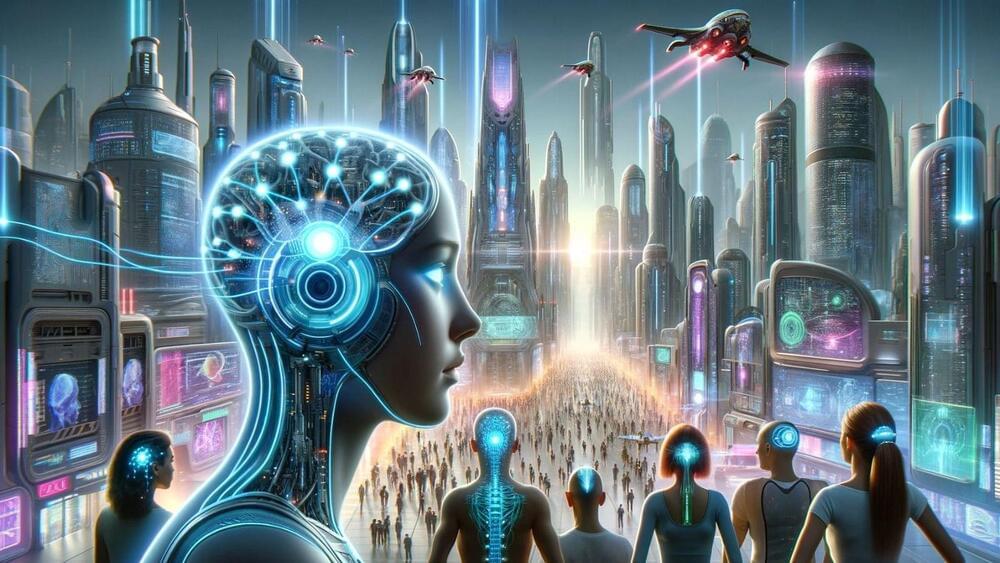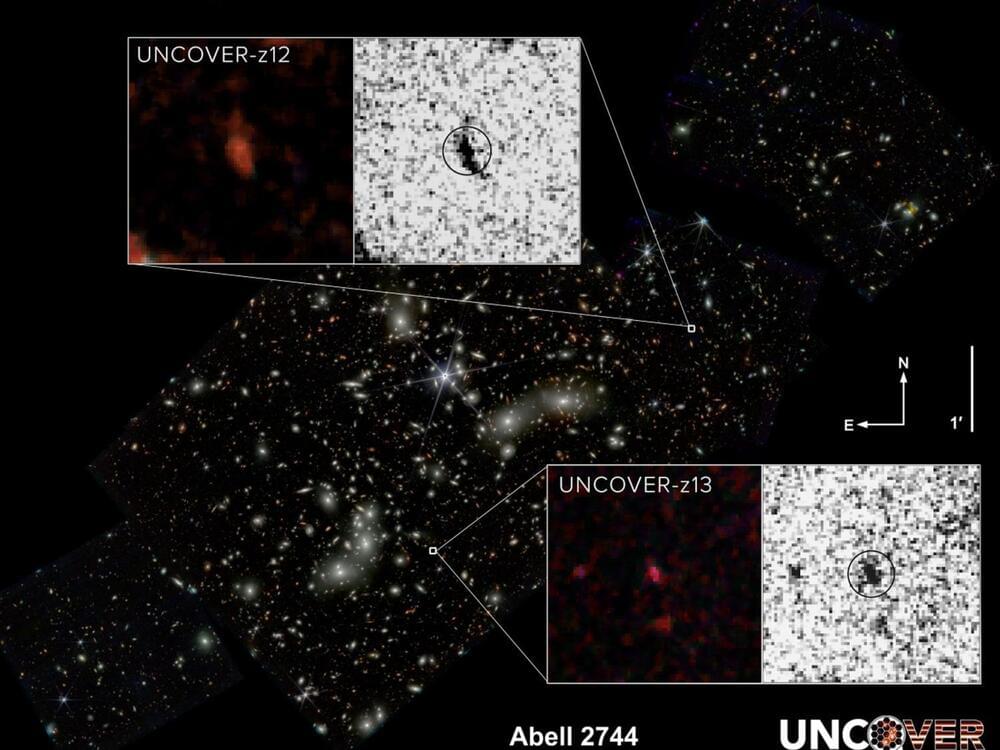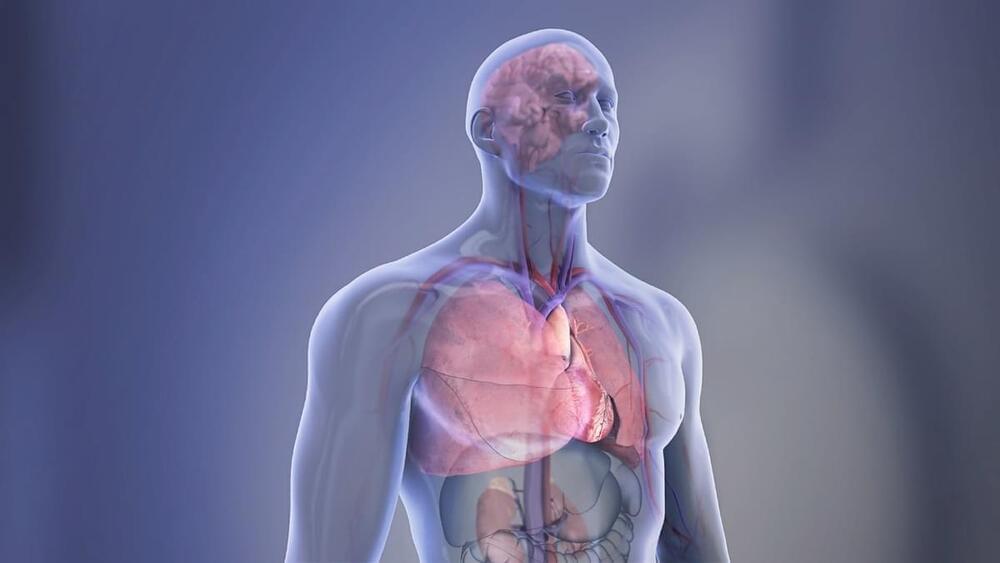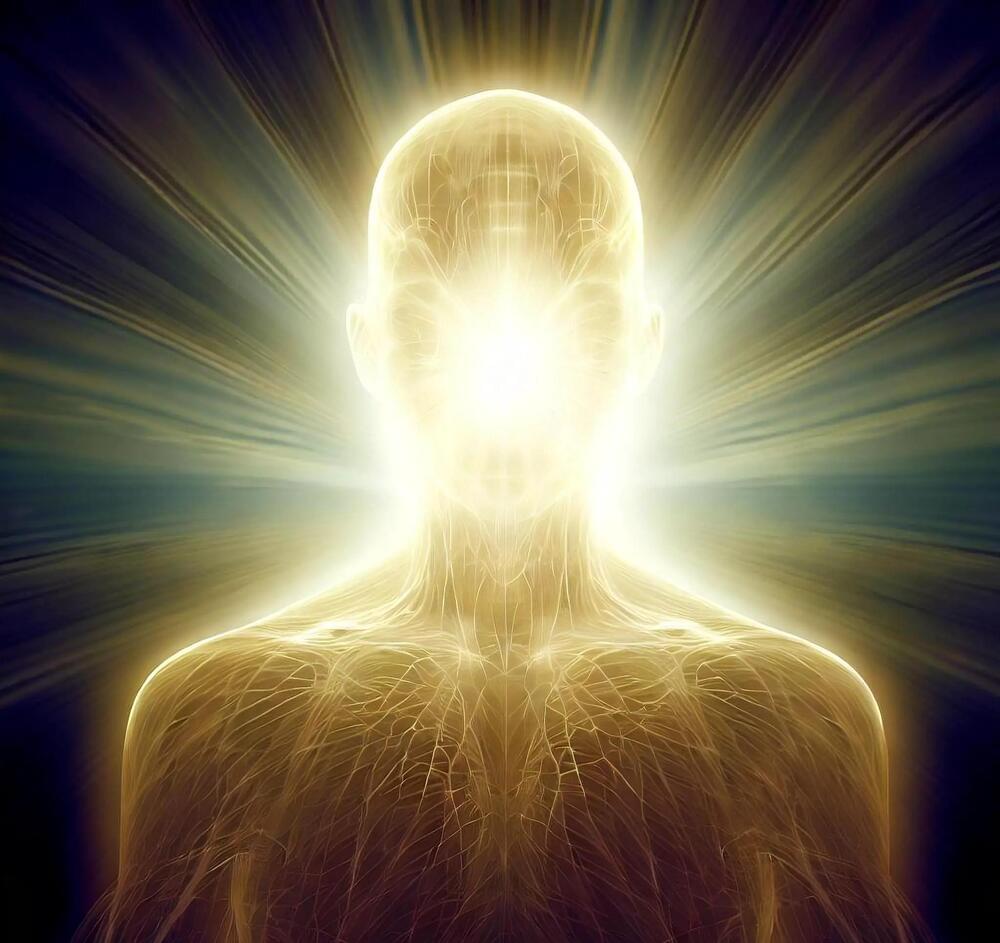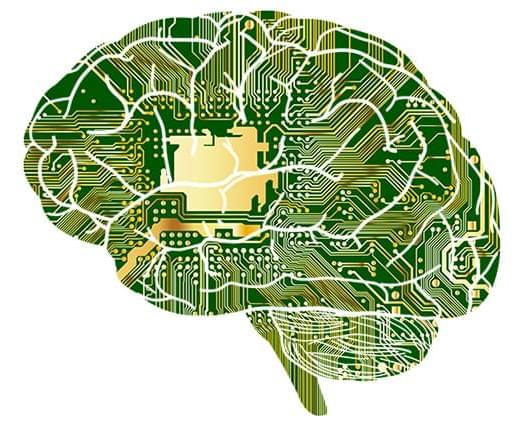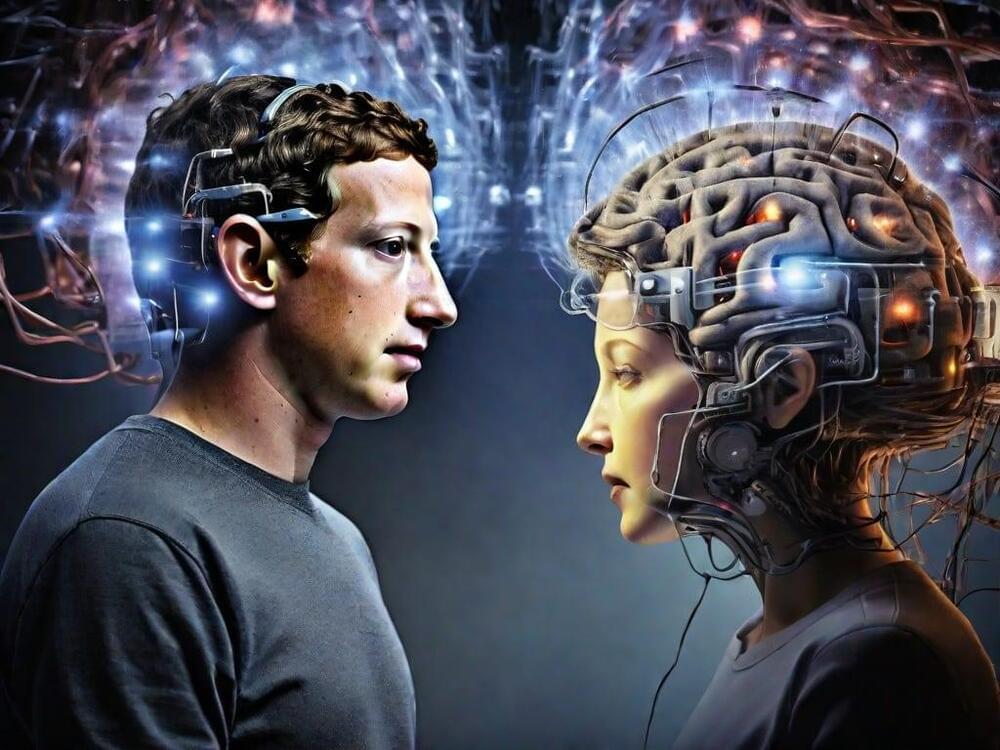Studies find a densely connected network of neurons that communicate over long distances, rather than across synapses.
Joining space technology and the automotive industry brings new economic and environmental benefits, but more investments and a faster pace are needed in Europe.
The question is not whether there will be a machine that can read your mind. Rather, it is when. Before that, governments across the world need to consider ‘neurorights’ to protect citizens’ brains against neurotechnology.
The second-and fourth-most distant galaxies ever observed have been discovered in a region of space known as Pandora’s Cluster, or Abell 2,744, using data from NASA’s James Webb Space Telescope (JWST). Following up on a deep field image of the area, an international team led by Penn State researchers confirmed the distance of these ancient galaxies and inferred their properties using new spectroscopic data — information about light emitted across the electromagnetic spectrum — from JWST. At nearly 33 billion light years away, these incredibly distant galaxies offer insights into how the earliest galaxies might have formed.
Unlike other galaxies confirmed at this distance that appear in images as red dots, the new galaxies are larger and appear like a peanut and a fluffy ball, according to the researchers. A paper describing the galaxies appears today (Nov 13) in the journal Astrophysical Journal Letters.
“Very little is known about the early universe, and the only way to learn about that time and to test our theories of early galaxy formation and growth is with these very distant galaxies,” said first-author Bingjie Wang, postdoctoral scholar in the Penn State Eberly College of Science and a member of the JWST UNCOVER (Ultradeep NIRSpec and NIRCam ObserVations before the Epoch of Reionization) team that conducted the research. “Prior to our analysis, we knew of only three galaxies confirmed at around this extreme distance. Studying these new galaxies and their properties has revealed the diversity of galaxies in the early universe and how much there is to be learned from them.”
While currently available PCSK9 inhibitor medications to lower cholesterol must be administered every few weeks by injection, a new, investigational PCSK9 inhibitor called recaticimab safely lowered bad cholesterol more than 50% when injected every 1–3 months, depending on dose.
A new PCSK9 inhibitor (recaticimab) injected every one to three months may work safely and provide more flexible dosing to lower cholesterol, according to late-breaking science presented today at the American Heart Association’s Scientific Sessions 2023. The meeting, Nov. 11–13, in Philadelphia, is a premier global exchange of the latest scientific advancements, research and evidence-based clinical practice updates in cardiovascular science.
“Previous studies found that 30% to 40% of people discontinued their current PCSK9 therapies, given every two to four weeks, during or after six months of beginning treatment. More flexible dosing with recaticimab, given up to every 12 weeks, might increase the proportion of people with high levels of bad cholesterol to stick with their recommended treatment to lower bad cholesterol levels and reduce risk of heart disease,” said lead study author Xin Du, Ph.D., a professor of cardiology at Beijing Anzhen Hospital and the Capital Medical University in Beijing, China.
Two Eötvös Loránd University researchers have made an exciting breakthrough in understanding how we age.
Researchers Dr. Ádám Sturm and Dr. Tibor Vellai from Eötvös Loránd University in Hungary have achieved a significant discovery in the study of aging. Their research centered on “transposable elements” (TEs) in our DNA
DNA, or deoxyribonucleic acid, is a molecule composed of two long strands of nucleotides that coil around each other to form a double helix. It is the hereditary material in humans and almost all other organisms that carries genetic instructions for development, functioning, growth, and reproduction. Nearly every cell in a person’s body has the same DNA. Most DNA is located in the cell nucleus (where it is called nuclear DNA), but a small amount of DNA can also be found in the mitochondria (where it is called mitochondrial DNA or mtDNA).
Contrary to the commonly-held view, the brain does not have the ability to rewire itself to compensate for the loss of sight, an amputation or stroke, for example, say scientists from the University of Cambridge and Johns Hopkins University.
Meta, the parent company of Facebook, has made a groundbreaking development in brain-computer interface technology. They have unveiled an AI system that can decode visual representations and even “hear” what someone is hearing by studying their brainwaves. These advancements in brain-machine interface technology have the potential to transform our relationship with artificial intelligence and its potential applications in healthcare, communication, and virtual reality.
The University of Texas at Austin has developed a new technology that can translate brain activity into written text without surgical implants. This breakthrough uses functional Magnetic Resonance Imaging (fMRI) scan data to reconstruct speech. An AI-based decoder then creates text based on the patterns of neuronal activity that correspond to the intended meaning. This new technology could help people who have lost the ability to speak due to conditions such as stroke or motor neuron disease.
Despite the fMRI having a time lag, which makes tracking brain activity in real-time challenging, the decoder was still able to achieve impressive accuracy. The University of Texas researchers faced challenges in dealing with the inherent “noisiness” of brain signals picked up by sensors, but by employing advanced technology and machine learning, they successfully aligned representations of speech and brain activity. The decoder works at the level of ideas and semantics, providing the gist of thoughts rather than an exact word-for-word translation. This study marks a significant advance in non-invasive brain decoding, showcasing the potential for future applications in neuroscience and communication.
Auteur: Dr.Nonthapat PULSIRI (La Chaire SIRIUS, France), sous la direction de Dr.Victor DOS SANTOS PAULINO (La Chaire SIRIUS, France)
Langue française vérifiée par MM. Julia GOUT, Institut Catholique de Toulouse
Remarque: Cet article est publié par “Tota Pulchra” au Vatican
Lien: https://totapulchra.news/art-chretien-exploration-spatiale/
———-
L’être humain est fascinant car il évolue au sein de la société. Cette évolution implique la croyance, la capacité d’adaptation, la résilience et la faculté de croître. De plus, une société bienveillante encouragera également le développement durable en contribuant à la construction de la civilisation et à la paix. Pendant ce temps, l’art est parallèlement en correspondance avec la civilisation humaine puisqu’il reflète et façonne les aspects culturels, sociaux et historiques des sociétés humaines à travers l’histoire.
Cependant, l’art est considéré comme une forme d’amour et de passion, à travers laquelle les artistes s’engagent dans la communication, exprimant leurs idées et perspectives qui résonnent avec leur état d’esprit du moment. Il illumine la progression de la civilisation humaine. Les origines des arts humains, particulièrement les peintures rupestres, remontent à l’époque préhistorique. Ces créations étaient profondément associées aux modes de vie, aux cultures et aux civilisations de cette époque. Parmi les exemples très connus sont inclus la grotte Chauvet en France, la grotte El Castillo en Espagne et la grotte de Bhimbetka en Inde (Fig. 1).
Fig 1: Grotte Chauvet — France (gauche), grotte El Castillo — Espagne (centre), et grotte de Bhimbetka — Inde (droite) / Sources: Ministère de la Culture de France, Science, Wikimedia commons
De plus, les récits théologiques et culturels du christianisme ont contribué à une variété de peintures chrétiennes captivantes, allant de l’art chrétien primitif jusqu’à nos jours. La période de l’art chrétien primitif (IIe au IVe siècle) a prospéré dans les catacombes de Rome et d’autres sites funéraires. Ces peintures-là étaient principalement symboliques et représentaient des scènes dans l’histoire de l’Ancien et du Nouveau Testament. Les peintres se concentraient également sur l’expression de la confiance et de l’espoir de manière discrète au milieu des défis de la persécution et de la mortalité. Ainsi, ces peintures vont au-delà de la simple imagination car elles agissent comme des moyens de communication pour les croyants, leur permettant de se consacrer et de professer leur confiance dans le christianisme. Les scènes peintes présentent aussi la vie de Jésus Christ, comme la nativité, l’enseignement, la crucifixion et la résurrection.
Fig 2. L’art chrétien primitif « Jésus Christ et les Apôtres » à Rome / Source: Wikimedia commons
Après cette période-là, le christianisme s’est tourné vers l’art byzantin (du IVe au XVe siècle) avec l’établissement du christianisme byzantin dans l’Empire Romain d’Orient. Un nouveau style artistique est apparu sous la forme de perspective plate et abstraite, avec des arrière-plans richement ornés et une utilisation extensive de feuilles d’or et de mosaïques pour transmettre les récits. Dans l’ensemble, les peintures influencées par le style byzantin dans le christianisme ne se limitent pas à l’esthétique, puisqu’elles englobent pareillement une connexion spirituelle avec Jésus Christ, la Vierge Marie et les saints, comme illustré sur Fig. 3.
OpenAI will bring back Sam Altman and overhaul its board with new directors, a stunning reversal in a drama that’s transfixed Silicon Valley and the global AI industry.
